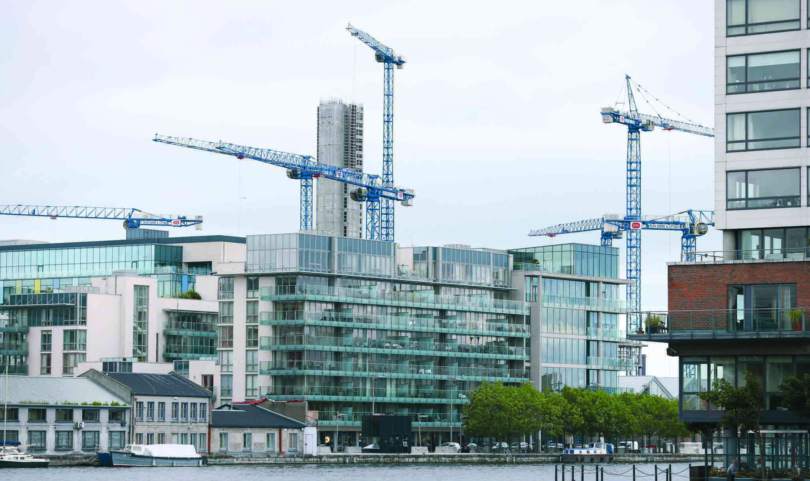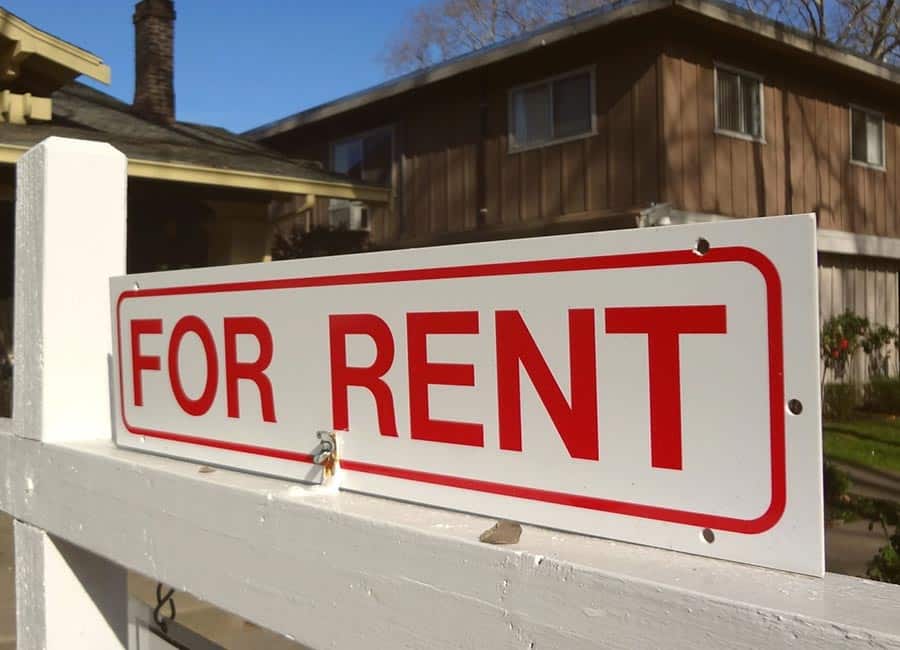Kate English, Chief Economist and Head Of Ireland Research & Insights, Cushman & Wakefield, explains why demand for ESG complaint office space is leading to record rents being achieved in Dublin’s Central Business District.
The Dublin office market vacancy rate is higher today than in 2019, and yet in contrast to what theory would suggest, rental growth and in fact record rental levels are being achieved. From the outside looking in, this does not make sense. However a detailed breakdown of both demand and supply side data reveals why.
Although Covid-19 led to greater flexibility in how we work, employment within office-based sectors has expanded, with tech as a front runner. According to the CSO, Information & Communication (IC), a proxy for tech-based employment, increased by +55,000 persons between 2016 and 2021. Unsurprisingly, tech accounts for over 30% of Dublin office take-up, with professional services, finance and state occupiers following.
TWO-TIER MARKET
Such labour market developments are a propellant for space reserved, signed and required. There is an estimated 392,000 sq m of active live requirements in Dublin today according to Cushman & Wakefield. To put into context, the long-run annual average for take-up, or space newly occupied, is close to 155,000 sq m. In the five strongest years prior to Covid-19, it was 256,050 sq m.
Analysing signed, reserved and requirements makes clear that the overwhelming preference of current day occupiers for space that is 1) in the Central Business District (CBD) and 2) ESG compliant. These two features are more important than ever, creating a two-tier market.
DEMAND TRENDS
The CBD accounts for 75% of live tenant demand mentioned previously. The CBD also accounted for 65% of take-up and 80% of space signed in H1 2022, representing a jump from the historic trend of 51%. Furthermore, circa 75% of space signed in the Dublin office market in H1 2022 is in energy rated space of BER B or higher.
In contrast, an estimated 42% of net available space in the CBD is of a BER C rating or lower. The current net vacancy in the CBD is 5.9%, or 133,350 sq m. This figure varies across submarkets, with some areas such as the South Docks lower again, at just 3%. If you were to exclude space of a BER C rating or lower, or even a portion, this reduces viable vacancy further. Excluding some of the poorer energy rated space is reasonable, as many companies have ESG commitments which they must adhere too.
FUTURE SUPPLY
Supply is coming on stream, with 415,280 sq m under construction as of Q2 2022 (364,400 sq m in the CBD) and delivery dates ranging from 2022 to 2025. Of what is due to complete in the remainder of 2022, 61% is pre-let or reserved. This figure is lower for 2023 onward, though given the volume and trends within demand at present, it is reasonable to conclude this is likely to be absorbed. It is useful to note that since 2015, close to 845,000 sq m of space has completed construction yet take-up has been twofold.

OLDER STOCK UNDER PRESSURE
To close, as 2022 progresses any questions placed over economic uncertainty will naturally be placed on the office market. However, the level of importance amongst occupiers now placed on ESG and the CBD is creating upward rental pressure, leading to record rents being achieved on the most sustainable CBD located space. This will continue to underpin the prime end of the market and drive further rental growth.
However, there is no denying the greater questions now placed on older, poorer energy rated stock which does not meet modern requirements. Therefore, any analysis of demand, supply and indeed rental outlook must be done on this two-tier basis, rather than at an aggregate level, to fully understand and convey the market dynamics at play.











